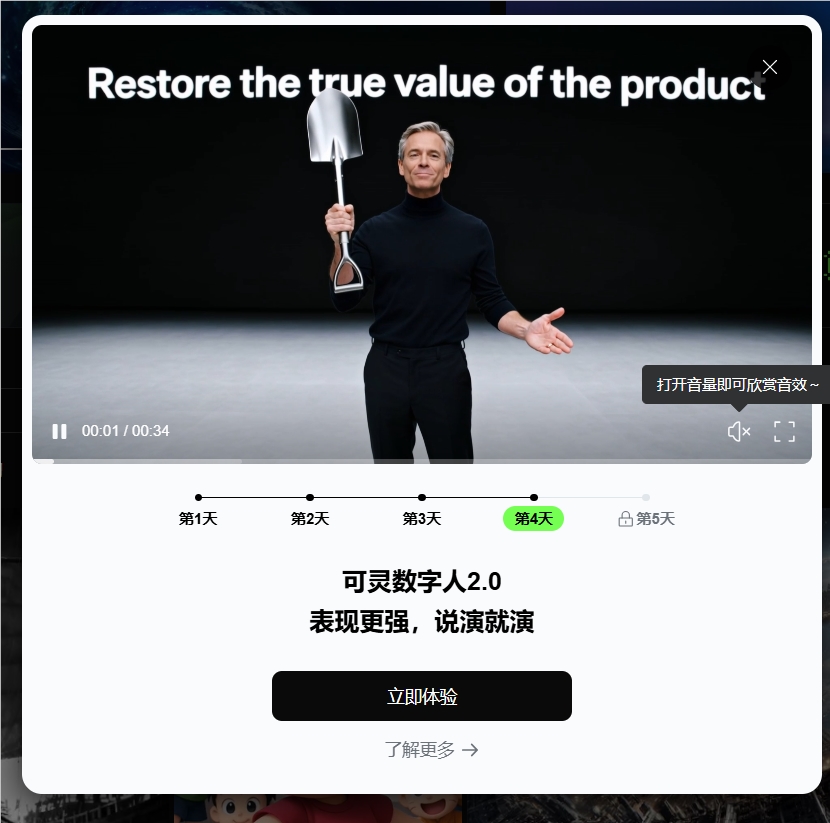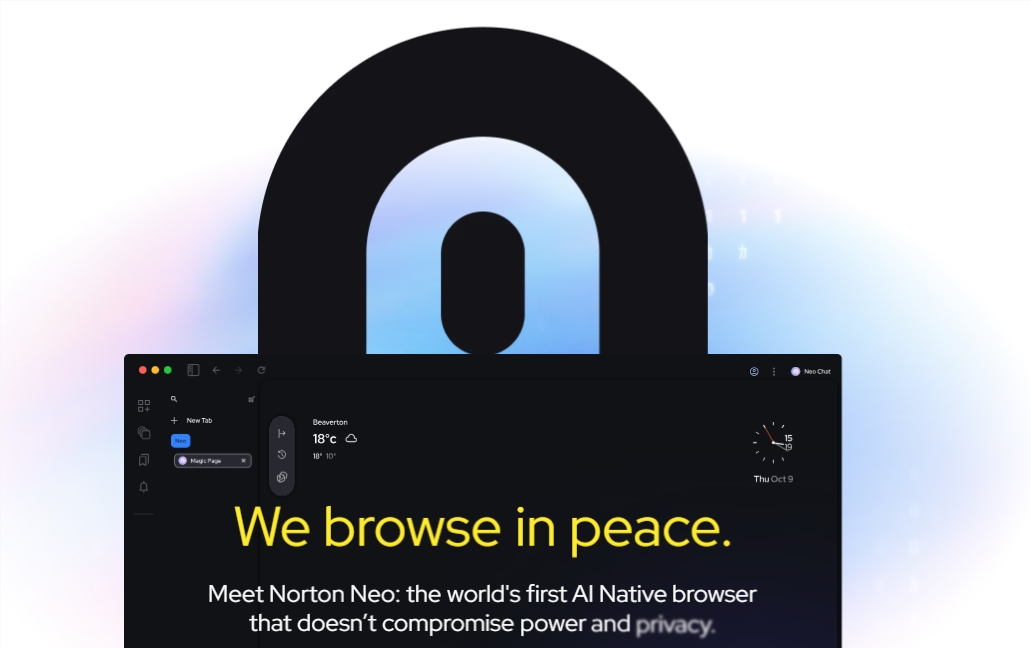In the traditional era of search engine optimization (SEO), content was written to be "found by people." Now, with the rise of artificial intelligence (AI), large language models (LLMs), and generative search, content not only needs to be "seen by people" but also "seen, understood, and cited by AI systems." This evolution has given rise to a new term: Generative Engine Optimization (GEO = Generative Engine Optimization). This article breaks down what GEO is, why it's important, how it differs from SEO, and provides actionable strategies you can apply immediately.

I. What is GEO?
Generative Engine Optimization (GEO) refers to: optimizing and structuring your content so that it can be understood, retrieved, cited, or even restructured by AI-powered tools such as chatbots, virtual assistants, and generative answer engines. (Kontent.ai)
In other words: while traditional SEO focuses on "people finding you in search engines"—GEO focuses on "AI finding you in answer engines."
The article points out that modular content (such as FAQs, step-by-step guides, and sectioned blocks) aligns more with the patterns that LLMs are trained on, making it "more likely to be quoted or cited." (Kontent.ai)
II. Where Did GEO Come From? Why Is It Important Now?
The concept of GEO emerged around 2023 with the increasing popularity of large language models like ChatGPT, Claude, and Gemini. (Kontent.ai)
As users shift from "keyword searches" to "natural language conversations," they tend to ask questions like "How do I do this?" or "Why is this happening?" rather than just "What is X?" This means AI is now taking the lead in delivering answers. (Kontent.ai)
If your website or content cannot adapt to this change, you may find that even if you rank well in traditional search, you get "ignored by AI," making it difficult to grow traffic or visibility. (Kontent.ai)
III. GEO vs. Traditional SEO: Key Differences
| Dimension | Traditional SEO | GEO (Generative Engine Optimization) |
|---|---|---|
| Target Audience | Human Searchers | AI Models (LLMs) |
| Discovery Method | Ranking, backlinks, keyword signals | Semantic structure, modular content, clear expression |
| Content Consumption | Humans browse, click, and read | AI excerpts, restructures, and outputs answers |
| Optimization Approach | Metadata, keyword research, backlinks, technical SEO | Template-based writing, structured data (schema), short paragraphs, modular content |
| Metrics | Traffic, click-through rate (CTR), bounce rate | AI mentions/citations, excerpted status, likelihood of being included in answers |
As you can see, GEO is not replacing SEO, but rather running parallel or integrating with it. Traditional SEO remains effective, but relying solely on it may no longer be sufficient in the new discovery channels dominated by AI. (Kontent.ai)
IV. Benefits of GEO
Increases the chance of being included in AI answers: When users ask AI tools questions, if your content is clearly structured and expressed, the AI is more likely to adopt it. (Kontent.ai)
Enhances brand/expert recognition: Even without direct clicks, being cited means "your brand appears in the answer," which helps build authority and trust. (Kontent.ai)
Expands dimensions of search visibility: Not just web rankings, but also AI dialogues, summary cards, voice assistants, and more.
V. GEO in Practice: How to Make Your Content "AI-Ready"
Here are some practical suggestions:
1. Modular Content and Structured Expression
Break content into single, self-contained paragraphs, such as "What is the definition?", "Step 1:...", "Common mistakes:...", etc. The article mentions: "Each paragraph may be cited individually." (Kontent.ai)
Use subheadings (H2/H3), lists, and bold text to help AI models parse the content. (Kontent.ai)
If you use a headless CMS or a structured content system, you're already one step closer to being GEO-ready. (Kontent.ai)
2. Clear and Precise Expression, Avoid Ambiguity
AI models don't "read between the lines" like humans, so use clear and specific language. For example, "If you see a 403 error..." is easier to cite than "If the system errors...". (Kontent.ai)
Avoid vague expressions and ensure each paragraph is "self-sufficient" without context.
3. Cite Authorities and Offer Unique Perspectives
Although AI might not always list sources, if you're an expert or have unique data or viewpoints in your field, you're more likely to be chosen. (Kontent.ai)
Especially in fields like law, medicine, and finance, citing doctors, research institutions, or statistics is particularly important. (Kontent.ai)
4. Integrate with SEO, Not Replace It
GEO is not about abandoning SEO, but rather "upgrading" it. Ensure your content is technically SEO-friendly, while also implementing a modular structure. (Kontent.ai)
For example: keyword research and backlink building still have value, but you should also think about "how a user would ask if this content is excerpted by AI."
VI. Future Trends & Changes to Be Aware Of
Zero-Click Search will further increase: AI gives answers directly, and users may not need to click. This means "being included in the answer" is more important than "being clicked." (Kontent.ai)
More Voice and Conversational Interfaces: Content may be referenced by voice assistants, so formatting and language must be suitable for conversational features.
Increased Specialization and Vertical Focus: AI tends to cite "benchmark" content in a specific field. You should focus on a niche area rather than general topics.
Content Reusability Becomes More Valuable: Modular, structured, and context-independent content is becoming more valuable.
VII. Conclusion: Don't Let Your Content Become a Forgotten "Black Hole"
In the AI era, creating content is no longer as simple as "writing an article and publishing it." You need to:
Build structures and expressions that can be understood by AI;
Become an authoritative source cited by AI;
Evolving alongside SEO, not sticking to old models.
GEO Ranking Query Tool:https://app.aibase.com/zh/tools/geo







